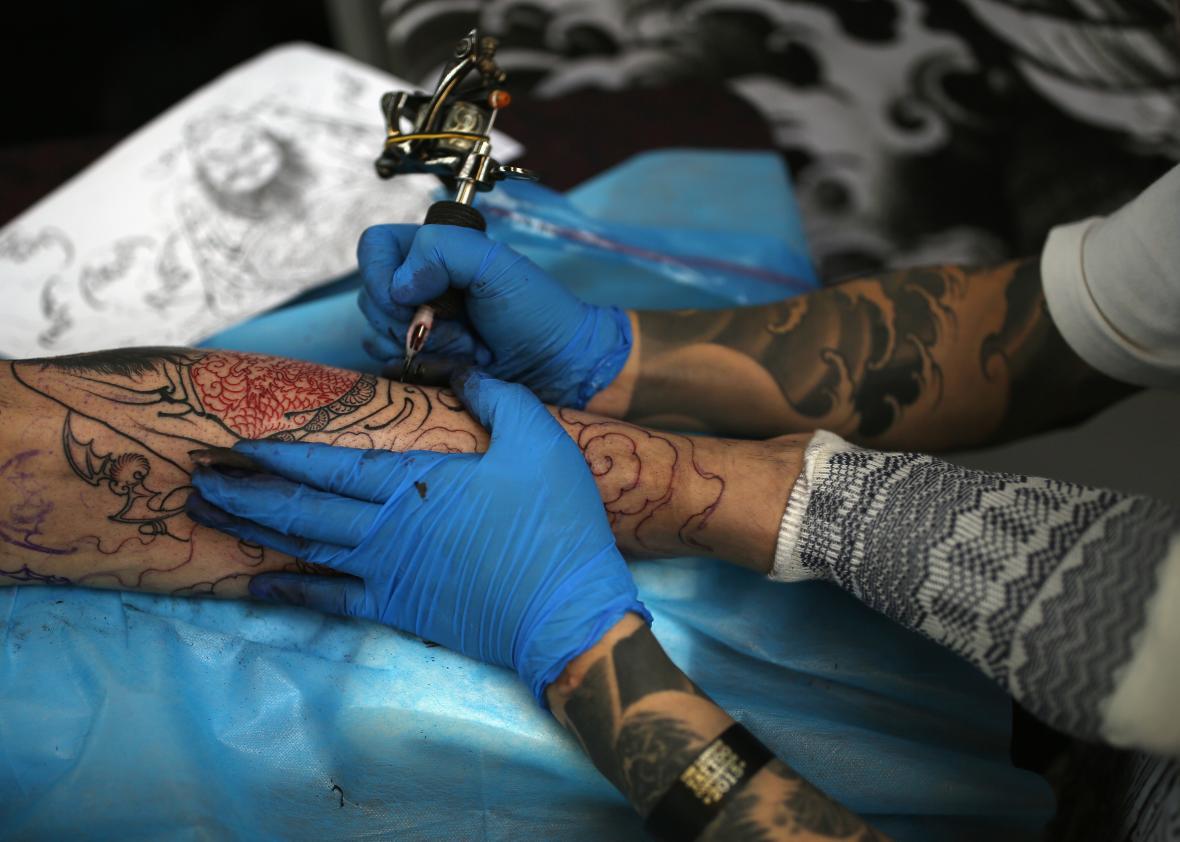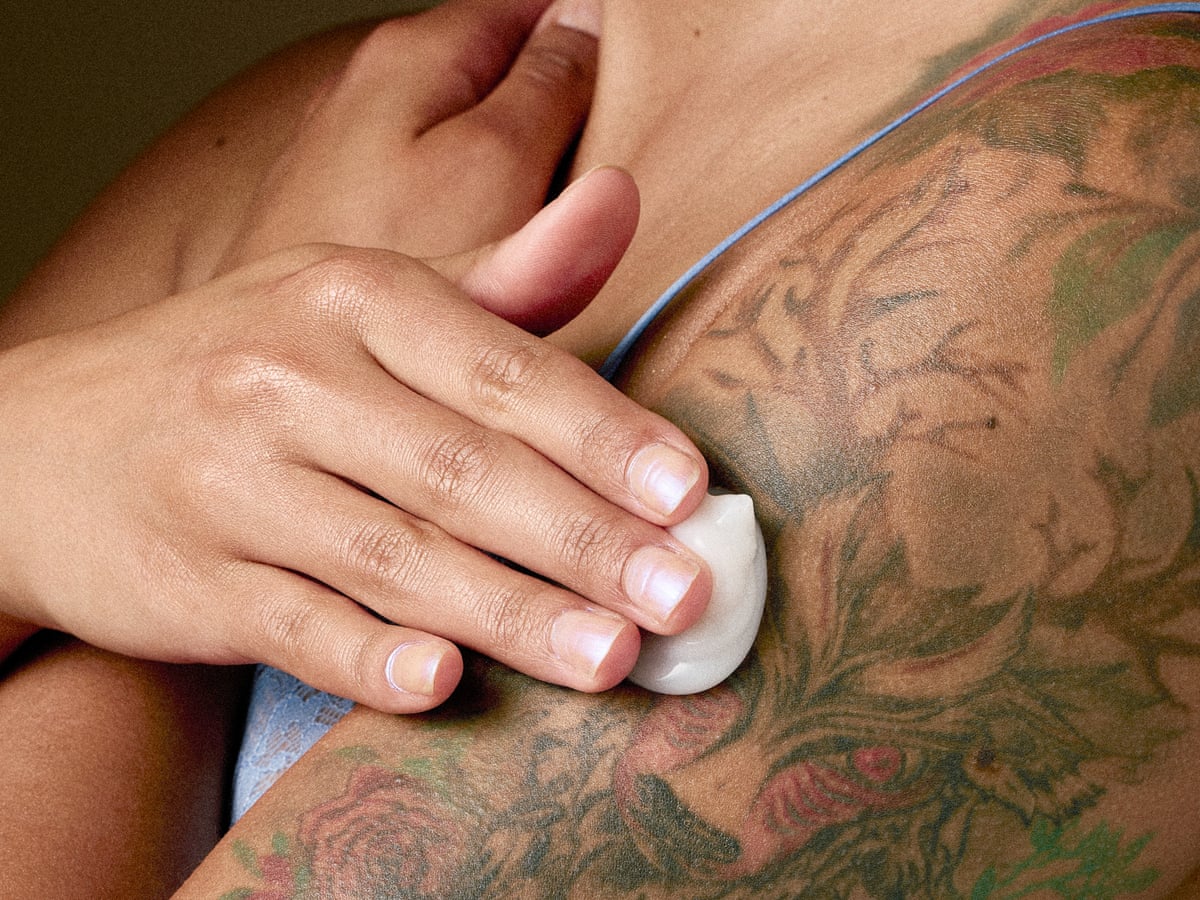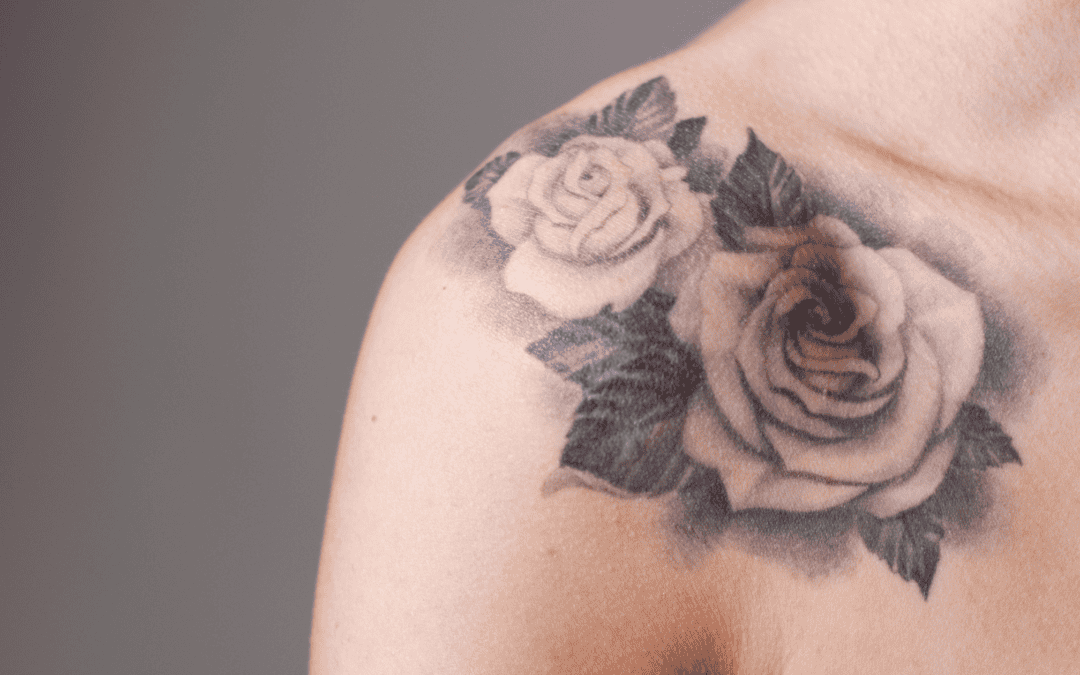Understanding Tattoo Safety and Minimizing Health Risks
Tattoos are body art forms that have gained widespread popularity over the years. For many, tattoos are a way to express individuality, commemorate significant moments, or simply appreciate the art itself. However, like any procedure that involves skin breaking, getting a tattoo carries potential health risks. In this article, we’ll explore the most common health concerns associated with tattoos and guide how to stay safe throughout the process, from choosing a reputable artist to taking care of your tattoo afterward.
1. Understanding the Health Risks of Tattoos

While tattoos are generally safe when done by a licensed and experienced professional, there are a few risks to consider. These risks can vary depending on your skin type, health conditions, and the tattoo artist’s hygiene practices. The following are the most common health concerns associated with tattoos:
Infection
One of the most significant risks of getting a tattoo is infection. If the tattooing equipment isn’t properly sterilized or the tattoo is not cared for appropriately afterward, bacteria can enter the skin and cause an infection. Symptoms of a tattoo infection include:
- Redness and swelling beyond the normal healing process
- Pus or drainage from the tattooed area
- Increased pain or tenderness
- Fever
To minimize the risk of infection, it’s essential to ensure that the tattoo studio follows strict hygiene standards, such as using single-use needles and sterilized equipment. Additionally, proper aftercare is crucial to prevent infection once the tattoo is done.
Allergic Reactions to Ink
Some people may experience allergic reactions to the pigments used in tattoo ink, particularly red ink containing cadmium or mercury. Symptoms of an allergic reaction include itching, swelling, and rashes around the tattooed area. If you suspect you are allergic to tattoo ink, consult a dermatologist for alternative options.
- Test Patch: Some tattoo artists may offer a patch test to check for skin sensitivity to specific inks before proceeding with a full tattoo.
Scarring and Keloids
While tattoos typically heal well with proper care, there is always the potential for scarring. People with a history of keloids—thick, raised scars that grow beyond the normal boundaries of a wound—should be cautious about getting tattoos in areas prone to scarring. Keloids can form if the skin reacts strongly to the needle or ink.
- Pre-Tattoo Consultation: If you have a history of keloids, consult your tattoo artist and a dermatologist before getting inked to discuss potential risks and precautions.
2. How to Minimize Health Risks When Getting a Tattoo
While the risks associated with tattoos are real, they are avoidable when taking the right steps. Below are important precautions to help ensure your tattoo experience is as safe as possible:
Choose a Reputable Tattoo Artist and Studio
The first step in minimizing health risks is to select a professional tattoo artist who uses proper sanitation practices. A reputable artist should:
- Use sterile, disposable needles and gloves.
- Properly disinfect work areas and equipment.
- Maintain a clean environment that adheres to local health regulations.
- Be licensed and follow industry standards.
Before booking an appointment, visit the studio, ask about their health and safety practices, and read reviews or ask for referrals from friends who have had positive experiences.
Follow Proper Aftercare Guidelines
After getting a tattoo, following proper aftercare instructions is crucial to ensure healing and prevent complications such as infections or scarring. Typical aftercare includes:
- Keep the tattoo clean and dry: Gently wash the tattoo with mild soap and water and pat it dry with a clean towel.
- Apply ointment or cream: Use a fragrance-free tattoo aftercare or lotion to moisturize the tattoo.
- Avoid scratching or picking: It’s important to avoid scratching the tattoo as it heals, which can cause infection or scarring.
- Limit sun exposure: To prevent fading and irritation, keep the tattoo out of direct sunlight until it fully recovers.
- Avoid submerging the tattoo in water: To reduce the risk of infection, avoid swimming or soaking in hot tubs during the healing process.
Monitor Your Tattoo for Signs of Complications
During the healing process, monitor your tattoo for signs of infection or other complications. See medical attention immediately if you notice any unusual symptoms, such as excessive redness, swelling, or pus. Early intervention can help prevent long-term damage.
3. Health Considerations for Specific Populations
Certain groups may be at higher risk for complications when getting tattoos. These individuals should consult with a healthcare provider before getting inked.
Pregnant Women
There is limited research on the safety of getting tattoos during pregnancy, but some experts recommend waiting until after childbirth to avoid any potential risks to the baby. Pregnancy hormones can also affect how the skin heals, making tattoo healing more difficult.
Individuals with Chronic Health Conditions
People with chronic conditions such as diabetes, heart disease, or autoimmune disorders may be more prone to infections or slower healing times. You should speak with your doctor before getting a tattoo if you have any health concerns.
Sensitive Skin or Allergies
If you have sensitive skin or a history of skin conditions like eczema, psoriasis, or contact dermatitis, you may experience irritation or allergic reactions to tattoo ink. Always check with a dermatologist before getting a tattoo to determine whether your skin suits this type of body modification.
4. The Importance of Tattoo Aftercare for Long-Term Health

Aftercare is just as crucial as the tattooing process to ensure the tattoo heals properly and maintains its appearance over time. Follow these tips for optimal aftercare:
- Avoid tight clothing that may rub against the tattooed area.
- Stay hydrated to promote overall skin health.
- Give the tattoo time to heal: Depending on the size and location of the tattoo, the healing process can take up to a few weeks. Be patient and allow your body the time it needs to heal naturally.
Proper aftercare minimizes health risks and ensures your tattoo remains vibrant and well-defined.
5. When to Seek Professional Help
If you experience any of the following symptoms after getting a tattoo, seek medical attention immediately:
- Persistent or worsening redness, swelling, or pain
- Pus or unusual drainage from the tattooed area
- Fever or chills
- Rash or hives around the tattoo
If you have concerns about the health of your tattoo, it’s always better to err on the side of caution and consult a healthcare professional.
Tattoos and Safety Go Hand-in-Hand
When done properly, tattoos can be a safe and enjoyable form of self-expression. By choosing a reputable artist, following the appropriate health precautions, and caring for your tattoo as it heals, you can greatly reduce the risks associated with tattooing. Stay informed, take the necessary steps to protect your skin and health, and enjoy your tattoo experience with peace of mind.




